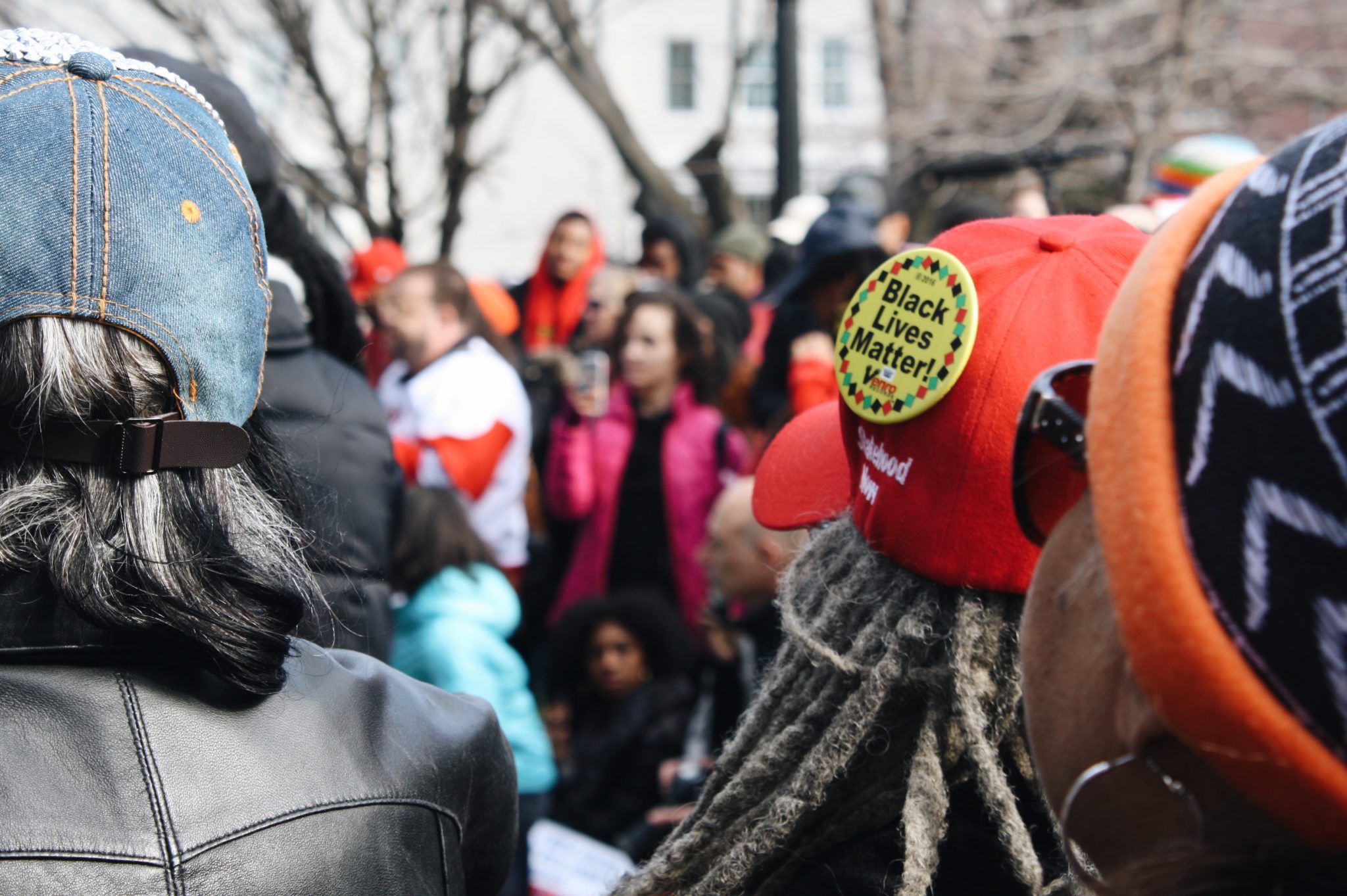On the eve of the March for Our Lives event, panelists ranging from the founder of Giffords, an organization to fight gun violence to the co-president of the Brady Campaign, agreed that the recent Marjory Stoneman Douglas school shooting in Parkland, Florida is different.
The common ground they all reached was that this movement seems distinct from other mass shootings because the Florida teenagers experienced the violence firsthand and used their voices to express their opinions on the national issue. In comparison, in the Sandy Hook elementary school shooting, the young children couldn’t express their voices in that way.
“I was there that afternoon,” said U.S. Senator Richard Blumenthal of Connecticut. “I remember saying to one of the moms, ‘When you’re ready, I’d like to talk to you about what we can do.’ And she looked at me and through tears she said, ‘I’m ready now.'” However, whereas the Newtown debate was led by adults, with Parkland, it’s youth who are the face of the movement.
The discussion was held in the National Press Club building and was hosted by Reuters Newsmakers. The panelists included Peter Ambler, founder and executive director of Giffords; U.S. Senator Richard Blumenthal of Connecticut; Kris Brown, co-president of the Brady Campaign to Prevent Gun Violence; Jamira Burley a social justice advocate and senior adviser for Community Justice Reform Coalition; Shannon Watts, founder of Moms Demand Action; and moderator Rob Cox, a global editor for Reuters.
Enlarge

It was evident to the panel that gun violence is an issue this country is facing; however, there isn’t governmental research documenting a lot of it. The Dickey Amendment is one barrier that restricts federal research being conducted to show the degree to which gun violence is a problem. The Dickey Amendment was passed by Congress in 1996, stating that “none of the funds made available for injury prevention and control at the Center for Disease Control and Prevention may be used to advocate or promote gun control.” As a result, government research into gun-related data has stalled, the experts said.
“We have to look at this inclusively and understand the solutions need to address all violence,” said Brown.
One panelist said she believes the media coverage has been racist because African-American children that are victims of gun violence haven’t been given the same platform.
“We need to see all human death as a problem,” said Burley, “regardless if this person is a drug dealer or a student.”
The intentional inclusion of all gun violence the student survivors are advocating for is another way this movement is different for the panel. Within their conversations, the students are also including the factors of mental health and gun violence in all communities. Although school shootings don’t occur too often, gun violence is a constant issue in cities across the country. The Florida students recognize their privilege from the news coverage they receive and use that to their advantage to advocate for the underprivileged cities that experience gun violence frequently in their own neighborhoods, Burley said.
Enlarge

“We have to work together,” said Burley. “We have to find ways and opportunities for us to collaborate and to create pathways for all young people to sit at the table together and create comprehensive solutions.”
The following day, more than 800,000 people rallied for the March for Our Lives event with live performances from Miley Cyrus, Demi Lovato and Jennifer Hudson, as well as speakers, such as Stoneman Douglas survivor, Emma González. The crowds chanted “vote him out” and “we call BS” and “we’ve had enough” as they marched the streets of Washington, D.C.
“Kids throughout the country have grown up afraid of gun violence,” said panelists Shannon Watts. “We act as if these acts of nature, like they are not preventable.”
In the Sandy Hook Elementary school shooting that occurred on December 14, 2012 in Newtown, Connecticut, where 20 children were killed, the surviving children couldn’t vocalize their distress after the shooting, which is different to the panelists.
“This nation is growing in awareness and outrage,” said Blumenthal. “Parkland, I think, could be a turning point, it could be a historic moment. But we need to see all of these moments in the context of a continuum.”
Post-Sandy Hook, the state of Connecticut implemented stricter guns laws such as the banning of high capacity ammunition magazines, universal background checks before gun purchases, and banning assault weapons. The senator said these laws worked for the state and pays attribute to the grass-root efforts that have created the laws in place today.
“I think it can be bipartisan,” said Blumenthal about solutions on preventing people dangerous to themselves or others from obtaining weapons. “It is a measure that has attracted bipartisan support.”
Enlarge

The immediate attention Parkland High School received on the day of the shooting also played a role in the action the students took following the incident. The opportunity to speak with the media was there for them to express their reactions, which Burley says is a privilege for them. A shooting involving African-Americans won’t get the same coverage as shooting at a white school would receive, Burley said.
“We finally have victims who have, because of their privilege, received a national platform because they’re white,” said Burley.
In 2005, when Burley was just 15-years-old, her brother was shot and killed by a close friend of his; however, this wasn’t the first time she had witnessed gun violence in her community. After seeing many deaths in her community, she realized that she could make a change. While in high school, she created an anti-violence program called the Panther Peace Corps, which she said reduced violence in her school by 30 percent.
“It was an awakening of my activism, which is why I believe that young people can do it,” said Burley. “The question is how we give them the tools and platforms to make it happen.”